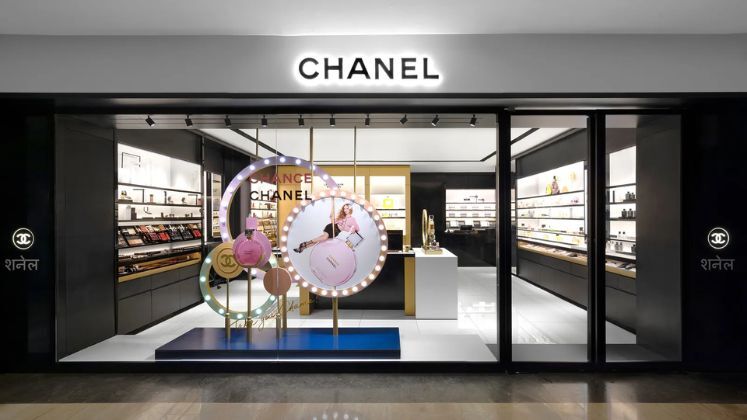
French luxury fashion brand Chanel has replaced Louis Vuitton as the second most valuable luxury brand, Brand Finance’s 2025 Global Luxury & Premium report states. Porsche still holds the number one position, followed by Hermès and Rolex at the number three and four positions, respectively. Dior is also considered to be the strongest luxury brand globally by overwhelming all other brands in terms of consumer perception and market strength.
In total, the top 50 luxury and premium brands together had a brand value of US $ 317 billion—its highest ever. French brands contribute almost half of the total, US $ 154.4 billion, or 49 per cent and Italy comes a distant second at US $ 57.6 billion. Fashion brands still own the sector, with 32 entries contributing US $ 221 billion in brand value, or 70 per cent of the total.
Chanel recorded a stunning 45.4 per cent value increase to US $ 37.9 billion, allowing it to overtake Louis Vuitton, whose value grew by 2.1 per cent to US $ 32.9 billion. Chanel also rose in the Brand Strength Index from fifth to fourth on a score of 89.6 out of 100. The consultancy said Chanel registered a perfect 10 in France for awareness, customer satisfaction and consideration—emphasising its strong home-market resonance. The brand also did well in the US, Europe and Asia, indicating its wide-ranging global popularity.
The rise of the house is a reflection of a string of measured strategic steps, such as opening a high jewellery flagship store in New York and hiring Matthieu Blazy as artistic director to reimagine its creative trajectory. These efforts are designed to embed Chanel deeper into the market and add strength to its hold over the high-end category.
The overall list has Dior sitting in sixth position but making a profound leap in brand power. At a Brand Strength Index of 93.5, it is now the strongest luxury and premium brand in the world—and one of the 10 strongest brands across all industries. Brand Finance attributes Dior’s rise to increased international awareness and a robust online presence, especially in America and Europe, where it leads the customer consideration and recommendation measures.
Brand Finance’s approach merges financial projections with brand-specific royalty rates and a sophisticated Brand Strength Index. The composite score includes investment metrics, brand equity indicators and real business performance to evaluate both the strength and value of every brand.
The luxury and premium segment grew its combined brand value by 43 per cent between 2019 and 2024 and this upturn continued into 2025, announced Bertrand Chovet, managing director of Brand Finance France. But he warned that the industry is moving into a new phase of change.
Growth is slowing, however. Today’s luxury consumers are moving toward experiences—like travel and cultural experiences—versus traditional material possessions. The model of steady price inflation fueled by unrelenting demand is declining. Brands have to innovate and evolve now to remain relevant, Chovet continued.
Despite such headwinds, the sector is still holding up. Strategic pricing and steady demand have kept things going, but structural shifts are in process. Luxury and premium brands have beaten global markets with 5 per cent average annual growth for the last five years, according to McKinsey—this trend now set to be re-calibrated.






